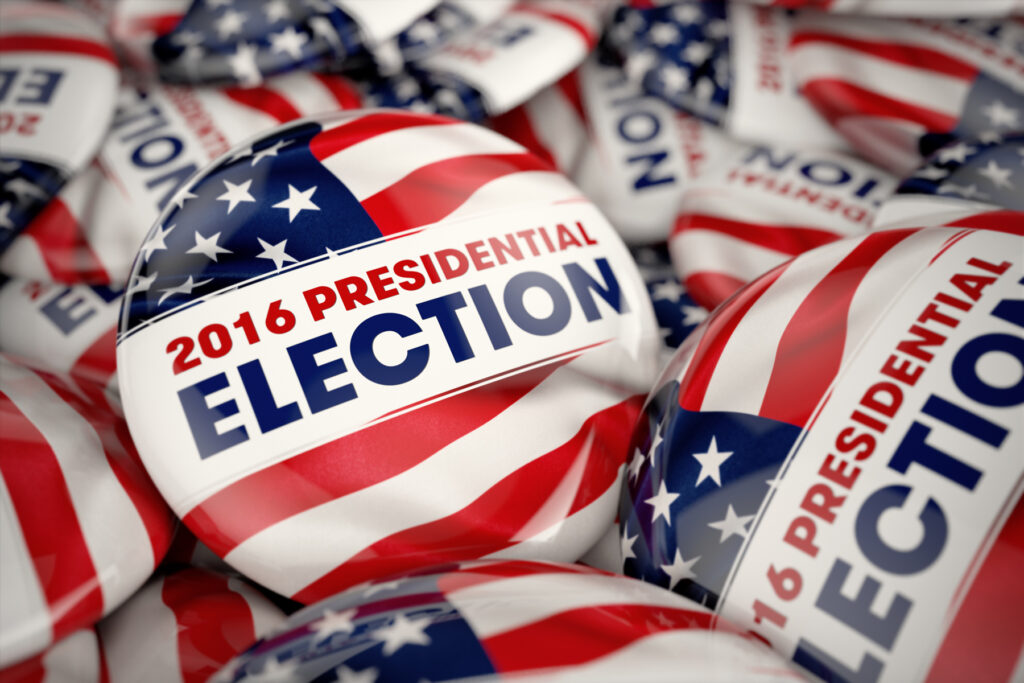An issue of great concern arising from the surprising election of Donald Trump to the presidency of the United States is the composition of its Supreme Court. That is because the Supreme Court is often faced with issues which have major political implications, even though ostensibly its function is to adjudicate only on questions of law. We have been less accustomed in Britain to dwell on the relationship of law and politics but we are seeing in public reaction (or at any rate the reaction of sections of the media) to the current litigation over the triggering of Brexit that the traditional detachment of our own courts from the political battleground is not immune from challenge.
In the US the impact of Supreme Court decisions on political questions has long been taken for granted. More importantly, it is accepted and widely discussed that judges have their own predilections, political or philosophical, which can influence their legal judgements.
Of course there are constitutional and historical differences between our two nations which make comparisons inexact. The function of the US Supreme Court is to interpret the written US constitution. If it rules that any legislation, either at federal or state level, is incompatible with the constitution, it can strike it down. The UK Supreme Court does not have that power. It can issue a declaration of incompatibility with the European Human Rights Convention, inviting Parliament to change the law to put it right, but Parliament has the last word – it need not comply.
Another key difference is that in the US the nine judges of the Supreme Court are nominated only by the president and then appointed if confirmed by the Senate. In Britain, judicial appointments are not overtly political. Within his four year term President Trump is likely to have the opportunity to fill as many as four vacancies. Unlike Obama he can expect to find his nominees endorsed by a senate controlled by his own Republican party. Once appointed Supreme Court justices are there for life or until voluntary retirement. The ability of any particular president to alter the composition of the court is hugely valued.
There is currently one vacancy following the death of Antonin Scalia in February 2016. President Obama nominated Judge Merrick Garland, already a federal judge, said to be a “moderate liberal”. The Senate tactically deferred the confirmation process pending the presidential election. We can be certain that Judge Garland’s nomination will lapse. A new Trump nominee will have a very different political pedigree. Trump already has a list of 21 possible nominees vetted by conservative legal groups.
The other three potential vacancies are still sitting justices: Ruth Bader Ginsburg, Anthony Kennedy, and Stephen G. Breyer. They are aged 83, 80 and 78 respectively. Justice Ginsburg has said she will continue as long as she can.
What then are the viewpoints of the judges and why do they matter so much?
In Britain, senior judges are assumed to have forgotten or abandoned all political affiliations and opinions when they go on the bench. Nor in the US are the justices of the Supreme Court labelled as Democrats or Republicans. They may have had one or other affiliation at earlier stages in their careers but the key attribute for most presidents is a leaning towards the president’s own political philosophy. In recent years a marked division has arisen in the court between liberals and conservatives, usually with a few judges having a more flexible approach which may place them in one camp or the other depending on the particular issue at stake.
The current court is divided roughly equally between the two wings. Scalia, of course, recently deceased, was the most conservative of the conservative wing, which has had the upper hand in recent years, modified to some extent by the presence of Justice Anthony Kennedy, a conservative who has taken a liberal position on some social issues.
A Trump appointment to succeed Scalia will restore the balance in favour of the conservatives but unless and until Kennedy or one of the two elderly liberals, Ginsburg and Breyer, is replaced, the court is likely to retain its liberal stance on social issues.
A huge source of public controversy in the US for many years has been abortion. In Roe v. Wade, the Supreme Court in 1973 ruled that the absolute prohibition of abortion by any state was unconstitutional. That decision has been repeatedly challenged but in June 2016 the court struck down a Texas law restricting abortion by a 5 to 3 majority. Kennedy joined the liberal wing to make up the majority. Roe v. Wade is unlikely to survive the Trump presidency.
Another longstanding issue is affirmative action. Within limits, affirmative action programmes in universities have survived many attacks. Also in June 2016 the court upheld the constitutionality of an admissions programme at the University of Texas which allowed race to be taken into account. Affirmative action and equality laws in general are clearly now under threat. Trump’s demonization of Mexicans and Muslims foreshadows an assault not only on the safeguards against racial discrimination developed since the 1960s (and which moulded our own equality laws) but even on the fundamental rights of the individual to freedom from arbitrary detention and punishment.
The Supreme Court has been equivocal in upholding those values for Guanatanamo detainees and those alleged to threaten security. Can a court led by Trump sympathisers and appointees be relied on to defend constitutional rights against the policies he offered his voters? Sadly, the broadly liberal restraint exerted hitherto by the US Supreme Court on government policy will be diminished. Mr. Trump and the Republican controlled Congress will have a freer hand to pursue their illiberal aims.
